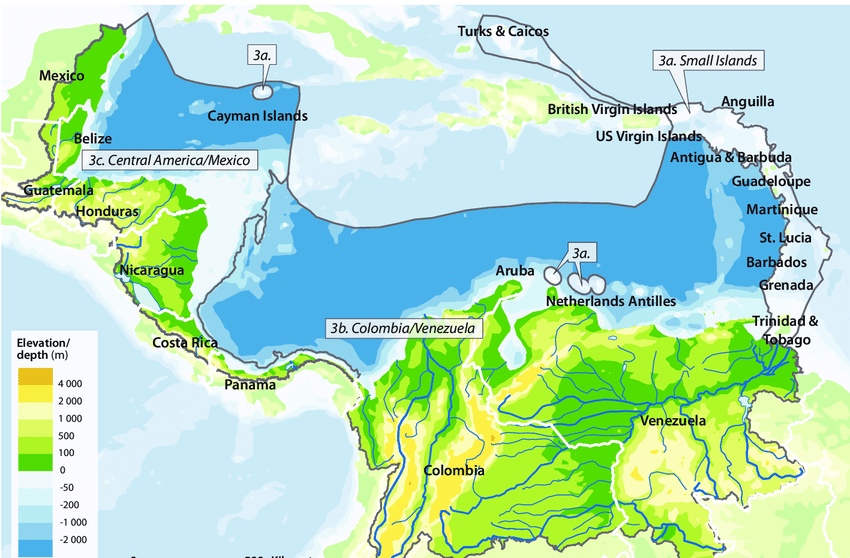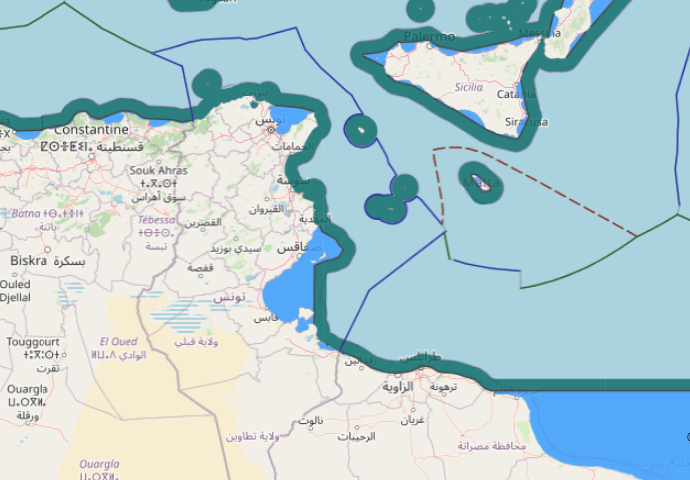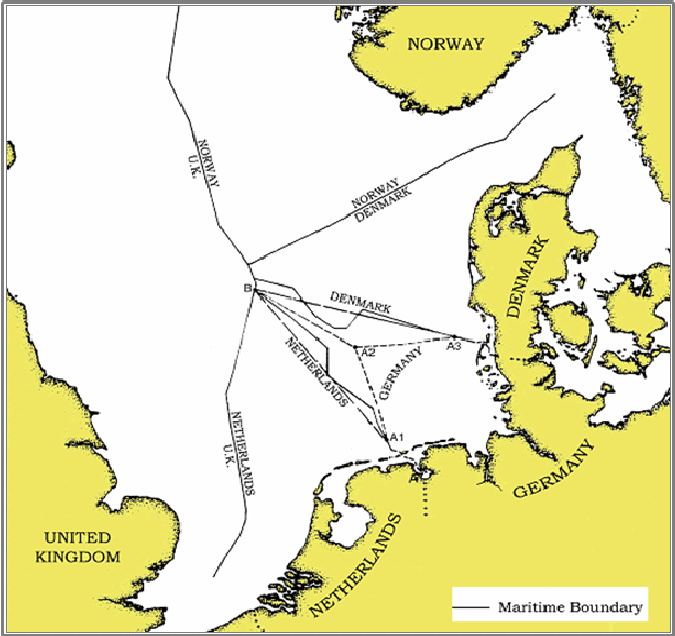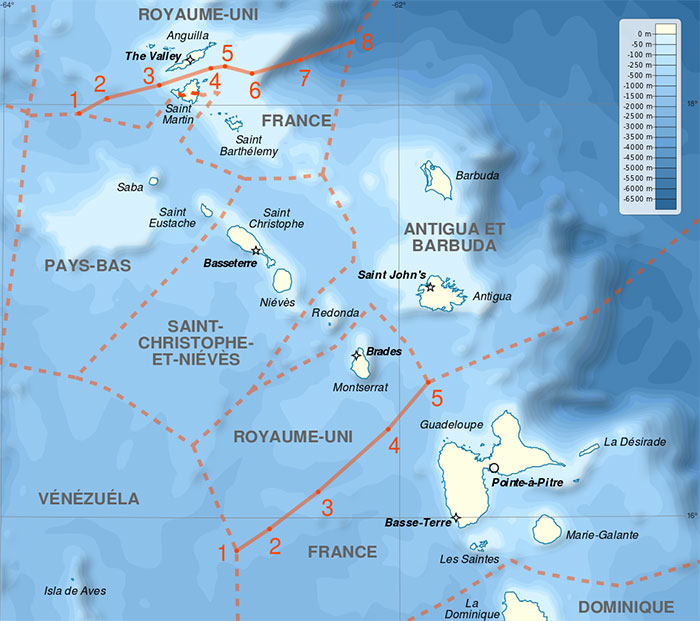Territorial and Maritime Dispute between Nicaragua and Honduras in the Caribbean Sea (Nicaragua v. Honduras)
OVERVIEW OF THE CASE
On 8 December 1999, the Republic of Nicaragua filed an Application instituting proceedings against the Republic of Honduras in respect of a dispute concerning the delimitation of the maritime zones appertaining to each of those States in the Caribbean Sea.
By an Order of 21 March 2000, the Court fixed 21 March 2001 and 21 March 2002, respectively, as the time-limits for the filing of a Memorial by Nicaragua and a Counter-Memorial by Honduras. Those pleadings were filed within the time-limits thus fixed.
By an Order of 13 June 2002, the Court authorized the submission of a Reply by Nicaragua and a Rejoinder by Honduras and fixed 13 January 2003 and 13 August 2003 as the respective time-limits for those pleadings. Those pleadings were filed within the time-limits thus prescribed.
Following public hearings in March 2007, the Court rendered its Judgment on 8 October 2007. In respect of sovereignty over the islands of Bobel Cay, Savanna Cay, Port Royal Cay and South Cay, located in the area in dispute, the Court concluded that it had not been established that either Honduras or Nicaragua had title to those islands by virtue of uti possidetis juris. Having then sought to identify any post-colonial effectivités, the Court found that sovereignty over the islands belonged to Honduras, as it had shown that it had applied and enforced its criminal and civil law, had regulated immigration, fisheries activities and building activity and had exercised its authority in respect of public works there. As for the delimitation of the maritime areas between the two States, the Court found that no established boundary existed along the 15th parallel on the basis of either uti possidetis juris or a tacit agreement between the Parties. It thus proceeded to determine the delimitation itself. Since it was unable to apply the equidistance method, in view of the particular geographical circumstances, the Court drew a bisector (i.e., a line formed by bisecting the angle created by the linear approximations of the coastlines) with an azimuth of 70°14′ 41.25ʺ. It adjusted the course of the line to take account of the territorial seas accorded to the aforementioned islands and to resolve the issue of overlap between those territorial seas and that of the island of Edinburgh Cay (Nicaragua) by drawing a median line. Asked to identify the starting point of the maritime boundary between Nicaragua and Honduras, the Court, taking account of the continuing eastward accretion of Cape Gracias a Dios (a territorial projection and the point where the coastal fronts of the two States meet) as a result of alluvial deposits by the River Coco, decided to fix the point on the bisector at a distance of three nautical miles out to sea from the point which a mixed demarcation commission in 1962 had identified as the endpoint of the land boundary in the mouth of the River Coco. The Court further instructed the Parties to negotiate in good faith with a view to agreeing on the course of a line between the present endpoint of the land boundary and the starting-point of the maritime boundary thus determined. In respect of the endpoint of the maritime boundary, the Court stated that the line which it had drawn continued until it reached the area where the rights of certain third States might be affected.




Post Comment
You must be logged in to post a comment.